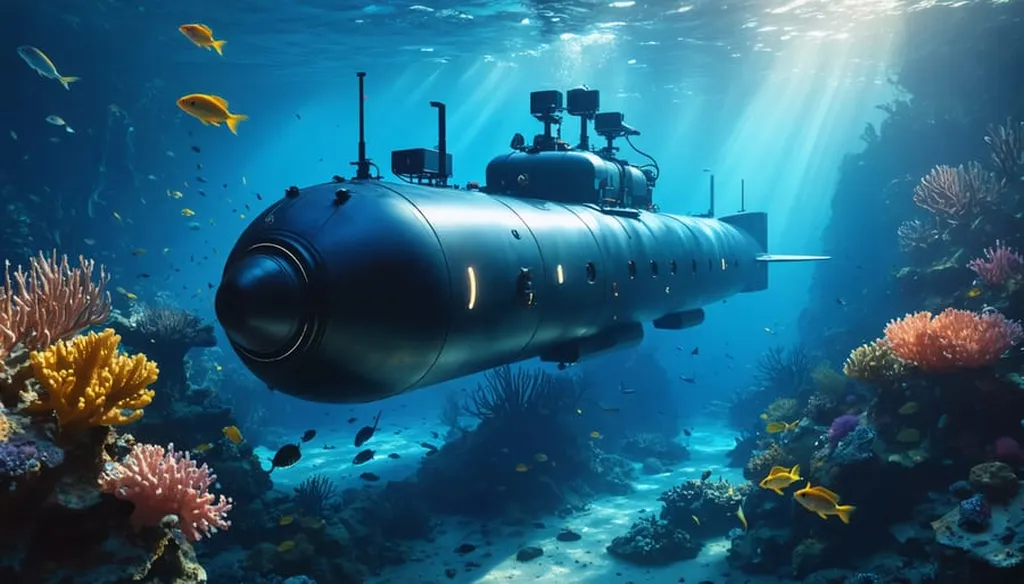In a breakthrough that could reshape how we monitor our coastlines, researchers have turned to artificial intelligence to tackle a longstanding challenge in sea level measurement. Led by Wei Liu from the Merchant Marine College at Shanghai Maritime University, the study published in the IEEE Journal of Selected Topics in Applied Earth Observations and Remote Sensing introduces a neural network-based approach to optimize the Global Navigation Satellite System Interferometric Reflectometry (GNSS-IR) technique. This method, which uses signals from satellites to measure sea levels, has historically struggled with accuracy issues, particularly at different elevation angles.
The crux of the problem lies in the satellite elevation angles. These angles can significantly affect the quality of sea level data retrieved using GNSS-IR. Liu and his team addressed this by developing a neural network model that uses Signal-to-Noise Ratio (SNR) residual sequences as inputs. This innovative approach adjusts and enhances the retrieval process, mitigating the adverse effects of varying elevation angles on measurement accuracy.
The results speak for themselves. At the SC02 station, the root mean square error (RMSE) was reduced by up to 32.03% across different elevation angle ranges. Similarly, at the PBAY station, improvements ranged from 9.23% to 21.11%. “These results highlight the potential of the proposed neural network-based optimization to not only overcome the intrinsic limitations of GNSS-IR, but also significantly enhance retrieval performance, particularly at higher elevation angles,” Liu explained.
So, what does this mean for the maritime industry? Accurate sea level monitoring is crucial for a variety of applications, from coastal management and navigation to tsunami warning systems and climate change research. By improving the accuracy of sea level measurements, this technology can enhance the reliability of these systems, leading to better decision-making and improved safety.
Moreover, the enhanced retrieval performance at higher elevation angles opens up new opportunities for nearshore sea surface wave height retrieval. This can be particularly beneficial for industries like offshore oil and gas, where understanding wave conditions is vital for operations and safety.
The findings of this study pave the way for more accurate sea level monitoring and improved nearshore sea surface wave height retrieval, contributing to more robust coastal environmental assessments. As Liu put it, “The findings of this study pave the way for more accurate sea level monitoring and improved nearshore sea surface wave height retrieval, contributing to more robust coastal environmental assessments.”
In essence, this research is a significant step forward in the field of remote sensing and coastal monitoring. It offers a promising solution to a longstanding challenge, with wide-ranging implications for the maritime industry and beyond. As the technology continues to evolve, we can expect to see even more innovative applications emerge, further enhancing our ability to understand and manage our coastal environments.

